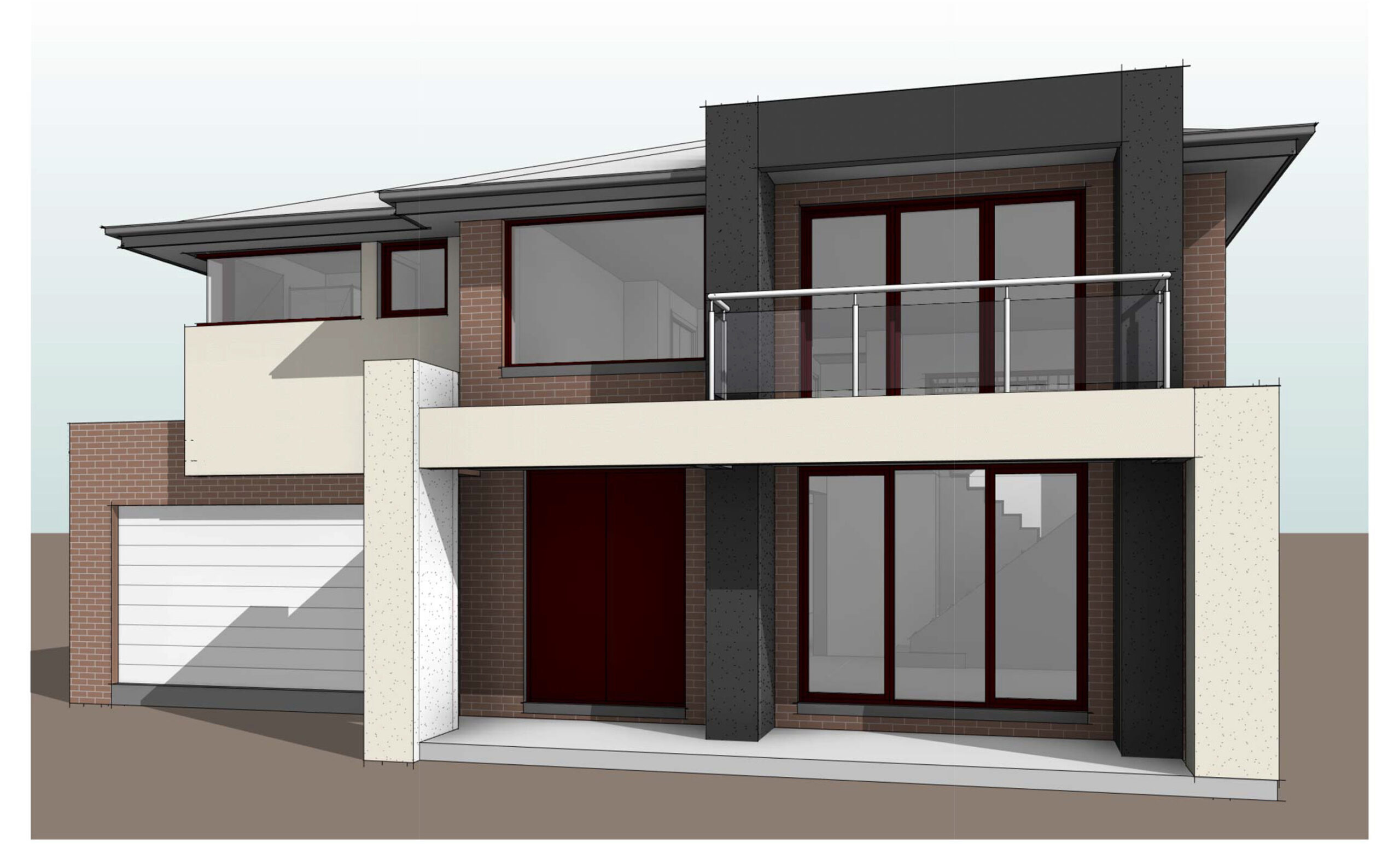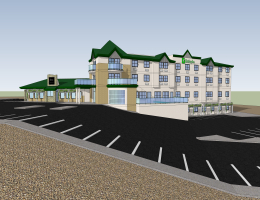Revolutionizing CAD Outsourcing with Virtual Reality Integration
Posted on : Dec 18, 2023
In the ever-evolving landscape of design and technology, the integration of Virtual Reality (VR) with Computer-Aided Design (CAD) outsourcing has emerged as a transformative force. This article explores the revolutionary impact of incorporating VR into CAD outsourcing, shedding light on the benefits, challenges, and the future trajectory of this dynamic synergy.
Introduction
CAD outsourcing has long been a cornerstone for businesses seeking cost-effective and specialized design solutions. The marriage of CAD outsourcing with Virtual Reality opens new dimensions, offering immersive experiences that transcend traditional design boundaries. This integration revolutionizes the way designs are conceptualized, communicated, and brought to life.
Benefits of Virtual Reality Integration in CAD Outsourcing
Enhanced Visualization and Communication
Integrating VR into CAD outsourcing provides stakeholders with unparalleled visualization. Design concepts can be experienced in a three-dimensional, immersive environment, facilitating clearer communication among project teams, clients, and outsourcing partners.
Real-time Collaboration Across Geographies
VR integration transcends geographical constraints, enabling real-time collaboration between design teams situated in different parts of the world. This fosters a collaborative environment where ideas flow seamlessly, enhancing the efficiency of the outsourcing process.
Iterative Design Refinement
VR allows for real-time feedback and iterative design refinement. Designers and clients can virtually walk through spaces, assess details, and make informed decisions, leading to a more iterative and client-centric design process.
Challenges in Revolutionizing CAD Outsourcing with Virtual Reality
Initial Implementation Costs
While the long-term benefits are substantial, the initial implementation of VR in CAD outsourcing may involve upfront costs. Businesses must weigh the investment against the enhanced capabilities and competitive advantages it brings.
Skillset Transition for Design Teams
Integrating VR requires a transition in the skill set of design teams. Training and upskilling efforts are necessary to ensure that designers can effectively leverage VR tools and technologies in their workflow.
Data Security and Privacy Concerns
The immersive nature of VR in design raises concerns about data security and privacy. Businesses must implement robust security measures to protect sensitive design information from unauthorized access.
Optimizing CAD Outsourcing with Virtual Reality Integration
Comprehensive Training Programs
To address skillset transition challenges, businesses should invest in comprehensive training programs. These programs empower design teams with the knowledge and skills needed to seamlessly integrate VR into the CAD outsourcing workflow.
Secure VR Collaboration Platforms
Selecting secure VR collaboration platforms is paramount. Implementing encryption, secure channels, and adherence to data protection regulations mitigate data security concerns and build trust in the outsourcing relationship.
Gradual Implementation and Pilot Projects
Businesses can mitigate initial implementation costs by adopting a phased approach. Starting with pilot projects allows teams to adapt gradually, assess the impact, and make informed decisions about broader integration.
Future Trends in CAD Outsourcing with Virtual Reality
Evolution of VR Design Standards
As VR becomes more prevalent in CAD outsourcing, industry-wide standards for VR design are likely to evolve. Establishing best practices and standards ensures consistency and quality across diverse projects.
Integration of Augmented Reality (AR) with VR
The future holds the integration of Augmented Reality (AR) with VR in CAD outsourcing. This combination offers even more interactive and dynamic experiences, allowing stakeholders to interact with virtual designs in the context of the real world.
AI-driven Design Optimization
Artificial Intelligence (AI) will play a significant role in optimizing designs within the VR environment. AI algorithms can analyze user interactions, preferences, and design history to suggest improvements and enhance the overall design process.
Conclusion
The marriage of CAD outsourcing with Virtual Reality is a revolutionary step towards redefining the design landscape. The enhanced visualization, real-time collaboration, and iterative refinement provided by VR integration bring unprecedented advantages. While challenges exist, strategic measures, such as comprehensive training programs and secure collaboration platforms, pave the way for seamless integration. As future trends indicate further evolution, businesses embracing the synergy between CAD outsourcing and Virtual Reality stand at the forefront of innovation.




